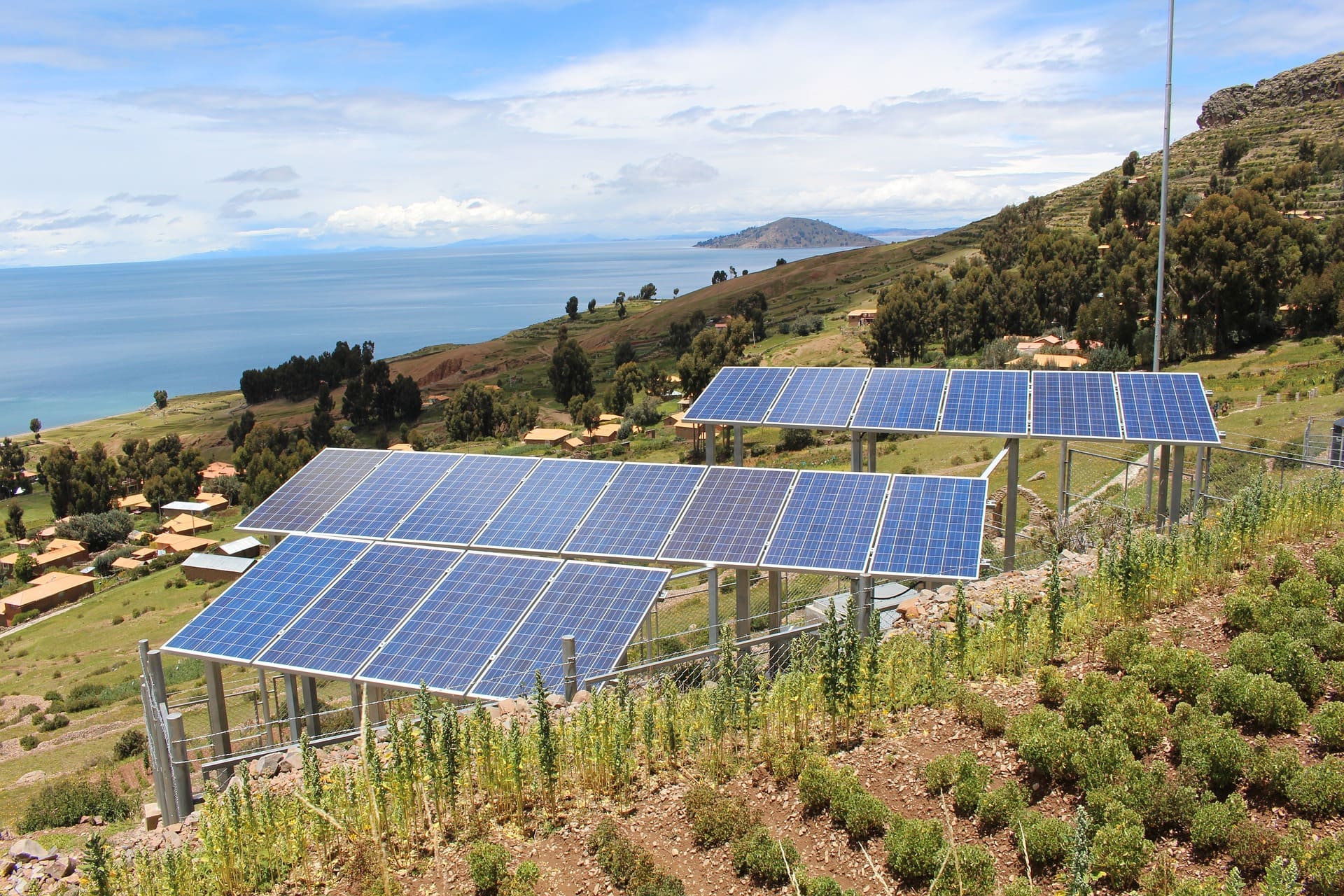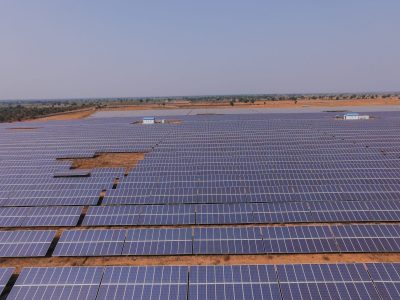Harnessing the Power of Floating Solar Technology
The sun is a vast source of renewable energy that can help power our world in an eco-friendly way. Solar power has emerged as one of the leading renewable energy technologies globally. As we aim to combat climate change by moving away from fossil fuels, innovations in solar technology can open up new possibilities for clean energy generation.
One exciting development is floating solar technology. Floating solar systems place photovoltaic panels on bodies of water such as lakes, reservoirs, and ponds. This innovative approach allows us to tap into unused spaces to further harness the power of the sun.
In this blog, we will explore what floating solar technology is, its advantages, the future possibilities it presents, and how India can adopt this technology on a wider scale to meet its sustainable energy needs.
What is Floating Solar Technology?
Floating solar systems involve mounting solar panels on floating structures on water bodies. They can range from small-scale floating solar arrays to large-scale floating solar farms spanning hundreds of acres.
Most floating solar panel setups use high-density polyethylene or similar plastic that floats on water. The panels, mounted on this sturdy floating foundation, can then generate clean electricity from sunlight. Cables from these panels convey this solar power to the shore.
Various types of water bodies are suitable sites for floating solar panels. These include man-made water reservoirs, mining pond remnants, hydroelectric dam reservoirs, lakes, and water treatment ponds. Agricultural canals and the sea also offer possibilities for floating solar.
Key Advantages of Floating Solar
Harnessing solar energy using floating panel systems has many notable benefits:
Higher efficiency – Solar panels perform better at cooler temperatures. The presence of water underneath floating panels helps regulate temperatures, improving solar cell efficiency by 5-10%.
Water conservation – Shaded water surfaces underneath floating panels limit water evaporation. This helps conserve water, especially in hot, arid regions.
Better land use – Floating systems do not occupy valuable land space, allowing the same water bodies to be used for multiple purposes. This resolves issues of land availability for ground-mounted systems.
Lower algae growth – By limiting sunlight penetration into water, floating panels inhibit algae growth, reducing maintenance costs.
Dual usage – Some floating solar systems allow complementary usage, such as float voltaic aquaculture systems, where fish farming occurs underneath panels.
Lower soiling losses – Dust accumulation on panels situated atop water is lower. Easy access from the water surface also enables easier cleaning of modules.
Adaptability – Such systems can be tailored to water site shapes and depths using flexible solar panel assemblies. Modular designs also enable relocation if needed.
Future Possibilities of Floating Solar
Cost reductions – Economies of scale from wider adoption will reduce system costs. According to the World Bank, floating solar system prices could fall by 16-43% over the next ten years.
Hybrid floating renewable systems – Floating solar can be combined with floating wind, tidal, or wave energy systems for greater synergy.
Saltwater deployments – Arrays resistant to seawater corrosion could allow offshore floating solar farms. Coastal regions can thereby harness stronger solar resources.
Global capacity expansion – Suitable water availability means countries like India, China, Brazil, Australia, and the United States could exponentially add to global floating solar capacities.
Round-the-clock renewable energy – Coupling floating solar with pumped hydro or battery storage can enable overnight power.
Floating solar offers advantages over conventional ground and rooftop solar. In land-scarce regions with growing power needs, this technology can sustainably augment energy generation.
Potential for Wider Adoption of Floating Solar in India
India has set an ambitious target of reaching 175 gigawatts of renewable energy capacity by 2022 and 450 gigawatts by 2030. Floating solar technology offers an innovative approach for the country to advance towards these climate goals.
Abundant water resources – India is endowed with over 300 days of bright sunlight and a vast network of rivers, canal systems, reservoirs, and lakes. Floating solar systems on this water infrastructure can substantially boost solar generation.
Better capacity utilization – Solar plants on hydropower dam reservoirs allow transmission infrastructure to be used in a better manner over 24 hours. Electricity can be generated from solar during the day and from hydropower at night.
Land constraints mitigation – Land acquisition issues have impacted the growth of ground-mounted solar parks. Floating systems avoid such problems. They also do not occupy agricultural or forested land.
Lower transmission losses – Systems located close to end-use points like cities and industrial hubs using the same reservoirs or lakes experience lower transmission losses.
Ancillary services – Peak summer demand for irrigation and cooling necessitates extra power capacity. Solar energy generated from floating systems on these water bodies can support ancillary services.
Employment generation: A study estimates floating solar can generate an investment of ₹70,000 crores while creating 40,000 short-term jobs by 2030.
Some early floating solar projects have already shown promising results in India. Several other Indian states have favourable policies to boost similar systems. As costs continue to decline globally, adoption in India can gather greater momentum.
Conclusion
Floating solar PV technology offers a versatile solution by utilizing water resource spaces that are often overlooked. The ease of deploying such systems over existing infrastructure gives it an edge over conventional solar setups.
With countries like India having conducive environments and aggressive renewable targets, floating solar can emerge as a game changer. By mainstreaming this technology, India could meet its rising power demands in a sustainable and eco-friendly manner.
Harnessing the unutilized potential of water resources through innovations like floating solar can boost our collective solar power capacity. This can take us closer to a cleaner energy future while combating pressing challenges like climate change, land constraints, and increasing electricity demands.
At Waaree, we are pioneering floating solar systems in India to usher in sustainable energy solutions. We have commissioned a floating solar plant in Kerala. With state-of-the-art solar technologies and over three decades of expertise, we can help you harness this innovative technology on your water bodies. Connect with our solar experts or visit our official website today to evaluate the feasibility of your reservoirs, lakes, or ponds and take the first steps towards deploying clean, renewable floating solar power. Partner with us to leverage the limitless potential of floating photovoltaics and contribute towards a greener tomorrow.
Post a comment
You must be logged in to post a comment.





